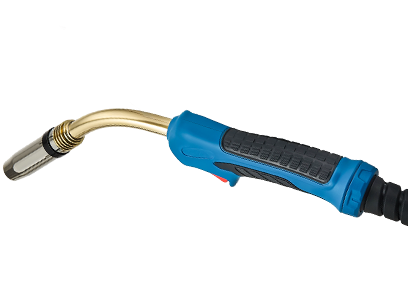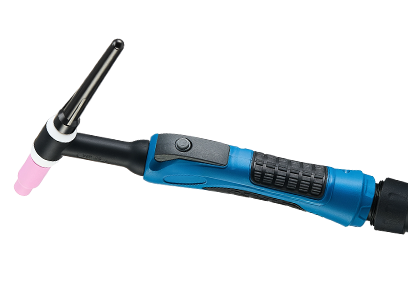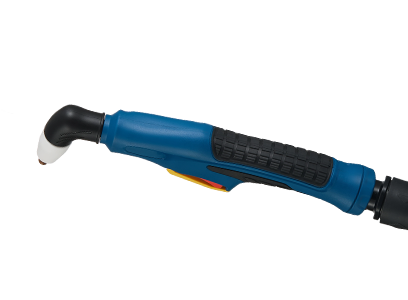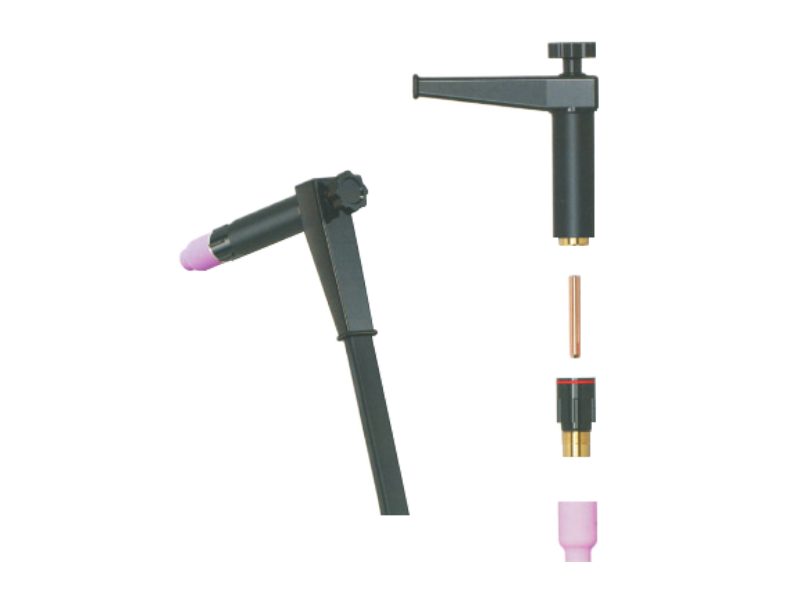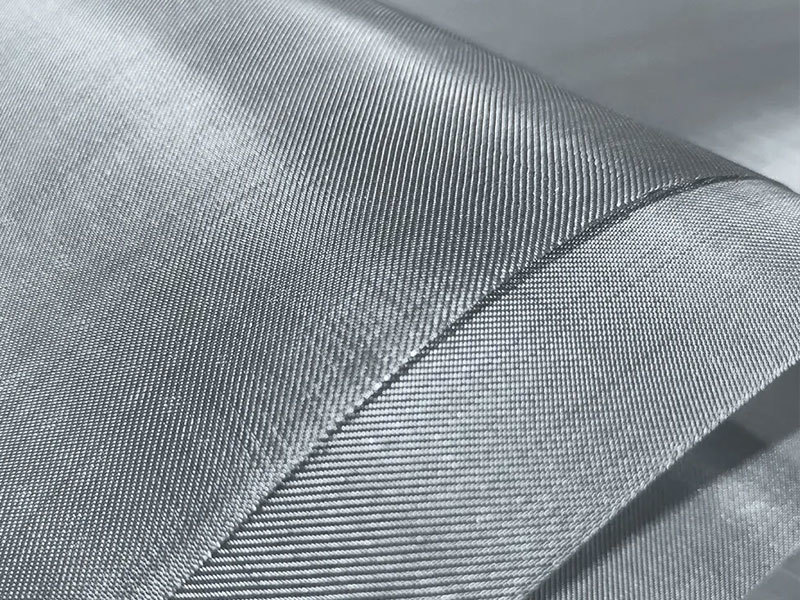Essential Equipment for MIG Welding: A Comprehensive Guide
MIG (Metal Inert Gas) welding is a popular welding process known for its versatility and ease of use. To achieve optimal results, it's crucial to equip yourself with the right tools and accessories. Here, we outline the essential equipment for MIG welding that every welder should consider.
1. **MIG Welding Machine**: The centerpiece of your setup, a MIG welding machine, uses a continuously fed wir
MIG (Metal Inert Gas) welding is a popular welding process known for its versatility and ease of use. To achieve optimal results, it's crucial to equip yourself with the right tools and accessories. Here, we outline the essential equipment for MIG welding that every welder should consider.
1. **MIG Welding Machine**: The centerpiece of your setup, a MIG welding machine, uses a continuously fed wire electrode to create a weld. When selecting a machine, consider its amperage range, duty cycle, and whether it can handle the thickness of materials you plan to work with. A reliable MIG welder will ensure consistent performance and high-quality welds.
2. **Shielding Gas**: MIG welding typically requires a shielding gas, which protects the weld pool from atmospheric contamination. Common gas mixtures include a blend of argon and carbon dioxide, with the specific ratio depending on the type of material being welded. Choosing the right shielding gas is essential for achieving clean and strong welds.
3. **Welding Wire**: The filler material used in MIG welding is referred to as welding wire, which is fed through the welding gun. The choice of wire depends on the base material and application. Common options include ER70S-6 for mild steel and ER4047 for aluminum. Ensure that the wire diameter matches your welding machine settings for optimal performance.
4. **Welding Gun**: The welding gun is the tool that directs the wire and shielding gas to the weld area. A good quality MIG gun is essential for comfortable handling and control during the welding process. Look for features like ergonomic designs and interchangeable contact tips to suit different wire diameters.
5. **Protective Gear**: Safety should always come first in welding. Essential protective gear includes a welding helmet with appropriate shading, gloves, and flame-resistant clothing. Investing in high-quality protective equipment will help safeguard against burns and exposure to harmful UV rays.
6. **Work Surface and Clamps**: A stable work surface is crucial for accurate welding. Additionally, clamps are useful for holding pieces together securely while you work, preventing movement that could lead to poor-quality welds.
7. **Cleaning Tools**: After completing a weld, you'll want to clean the area to remove slag and spatter. Wire brushes, grinders, and chemical weld cleaners are great for this purpose, ensuring a clean finish and proper adhesion for subsequent processes.
8. **Welding Accessories**: Explore additional accessories such as spool guns for aluminum welding, welding carts for mobility, and gas regulators for precise gas flow control.
By equipping yourself with the right equipment for MIG welding, you can improve efficiency, enhance safety, and achieve high-quality results in your welding projects. Whether you're a professional or a DIY enthusiast, understanding the importance of each component can significantly influence your welding outcomes.
1. **MIG Welding Machine**: The centerpiece of your setup, a MIG welding machine, uses a continuously fed wire electrode to create a weld. When selecting a machine, consider its amperage range, duty cycle, and whether it can handle the thickness of materials you plan to work with. A reliable MIG welder will ensure consistent performance and high-quality welds.
2. **Shielding Gas**: MIG welding typically requires a shielding gas, which protects the weld pool from atmospheric contamination. Common gas mixtures include a blend of argon and carbon dioxide, with the specific ratio depending on the type of material being welded. Choosing the right shielding gas is essential for achieving clean and strong welds.
3. **Welding Wire**: The filler material used in MIG welding is referred to as welding wire, which is fed through the welding gun. The choice of wire depends on the base material and application. Common options include ER70S-6 for mild steel and ER4047 for aluminum. Ensure that the wire diameter matches your welding machine settings for optimal performance.
4. **Welding Gun**: The welding gun is the tool that directs the wire and shielding gas to the weld area. A good quality MIG gun is essential for comfortable handling and control during the welding process. Look for features like ergonomic designs and interchangeable contact tips to suit different wire diameters.
5. **Protective Gear**: Safety should always come first in welding. Essential protective gear includes a welding helmet with appropriate shading, gloves, and flame-resistant clothing. Investing in high-quality protective equipment will help safeguard against burns and exposure to harmful UV rays.
6. **Work Surface and Clamps**: A stable work surface is crucial for accurate welding. Additionally, clamps are useful for holding pieces together securely while you work, preventing movement that could lead to poor-quality welds.
7. **Cleaning Tools**: After completing a weld, you'll want to clean the area to remove slag and spatter. Wire brushes, grinders, and chemical weld cleaners are great for this purpose, ensuring a clean finish and proper adhesion for subsequent processes.
8. **Welding Accessories**: Explore additional accessories such as spool guns for aluminum welding, welding carts for mobility, and gas regulators for precise gas flow control.
By equipping yourself with the right equipment for MIG welding, you can improve efficiency, enhance safety, and achieve high-quality results in your welding projects. Whether you're a professional or a DIY enthusiast, understanding the importance of each component can significantly influence your welding outcomes.
TAG:
Related Posts
Troubleshooting Common Issues with Water Cooled TIG Torches: A Comprehensive Guide
Troubleshooting Common Issues with Water Cooled TIG Torches: A Comprehensive Guide
Table of Contents
Introduction to Water Cooled TIG Torches
Understanding TIG Welding and Its Components
Common Issues with Water Cooled TIG Torches
Overheating Problems
Water Leaks in TIG Torches
Gas Flow Problems
Electrode Wear and Contamination


